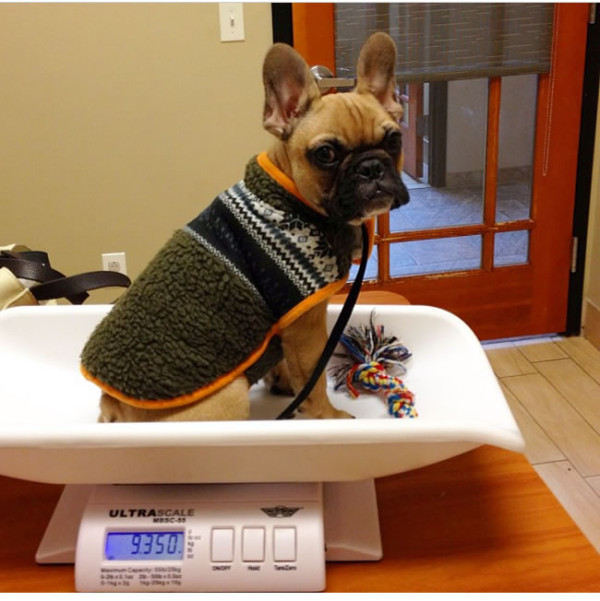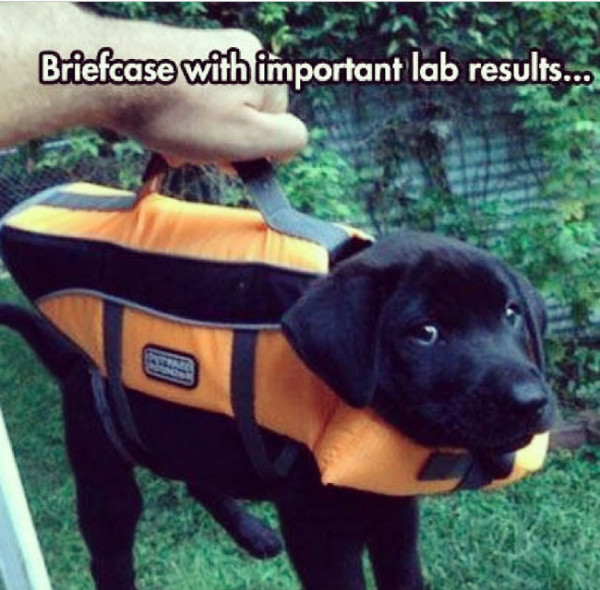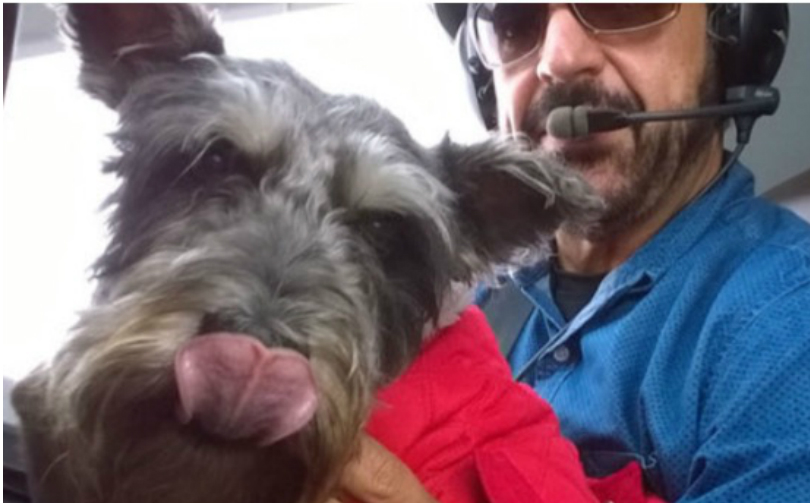***This article has been reviewed by Dr. Eric Barchas.***
Coming from someone whose 1 ½ year-old pup experiences an occasional seizure, I can tell you that it is, hands down, one of the scariest experiences a pup parent can have.
Based on my own experience, plus extensive research, here’s a list of things to do if your pup experiences one of these very scary episodes. Hopefully, armed with this knowledge, you can remain calm and do what’s best for you and your dog!
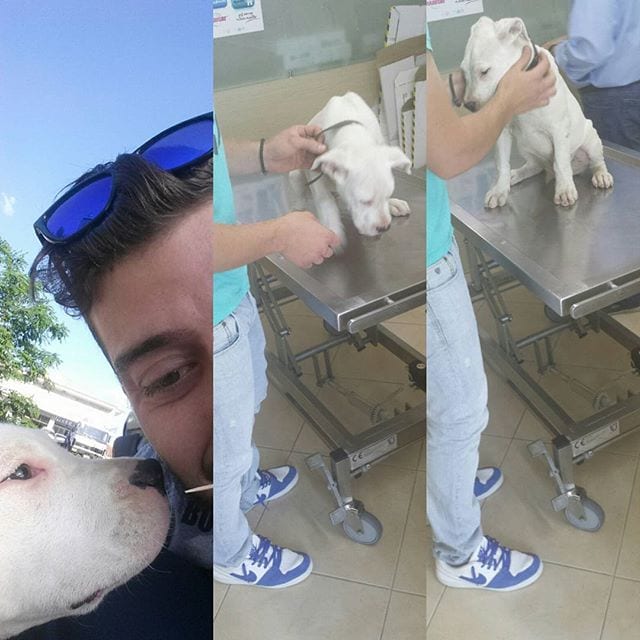

Before a Seizure:
Usually before the onset of a seizure, dogs will become distant or unsteady and may stare off into space. They may also hide, or become attached to your hip. It is important that you take note of what your dog does before a seizure begins. Observation is important.
During a Seizure:
– Don’t let yourself or your dog become hurt. If your pup is near something that could be hazardous, gently move them away from stairs, furniture or sharp objects.
– Avoid their mouth and head area, and do not put your fingers or anything else in your pup’s mouth. Dogs will not swallow their tongue.
– Keep as calm as possible. Softly talk to your dog, and gently touch them. They may salivate, urinate and defecate. Do not be alarmed, it is a natural reaction. It may also appear that they are running or treading water during the seizure phase. Other symptoms may include jerking, twitching, collapsing, loss of consciousness, chomping, tongue chewing or foaming at the mouth.
[bp_related_article]
After a Seizure:
– Immediately call your veterinarian or nearest animal hospital to determine the next step of action.
– Watch your pup closely to make sure they recover. They may appear unsteady and blind for a few minutes.
– Let them hear your voice and feel your touch. When your pup wakes up from the seizure, they need to be able to hear your voice and feel reassured. Remain calm and speak softly. Dogs can feel your emotions, so do not get upset or anxious.
– Record when the seizure happened, how long it lasted and all of your dog’s symptoms. This will help your vet tremendously. Even though in the heat of the moment, things might move fast, if you can take a video while they’re experiencing a seizure, that will also help your vet determine the next course of action.
Image via baxtermontgomery
Most of the time, the seizure is over by the time you get to your veterinarian. If the seizure lasts more than four or five minutes, or if there are two or more seizures within a 24-hour time period, it is considered an emergency. The longer a seizure lasts, the higher the body temperature rises in your pup. Increased body temperature may cause brain damage.
Your veterinarian will want to do a complete physical and neurological examination of your pup after a seizure, including blood tests, to rule out any medical reasons for the seizures. The tests will bring to light any previous or undiagnosed medical concerns.
Image via petbiotics_
Although nothing can guarantee your pup won’t experience seizures in the future, there are ways to make it manageable. Anti seizure meds can dramatically reduce seizures but do have side effects. If your pup is put on medication, make sure they take it without skipping a dosage. Also, if you learn any triggers, avoid those situations.
Types of Seizures:
The Grand Mal
There most common type of seizure is the grand mal, or generalized seizure, where a dog can lose consciousness and convulse. Abnormal electrical activity occurs throughout the brain, lasting a few seconds to a few minutes.
Focal
A focal seizure only occurs on one side of the brain and can cause unusual movements in one limb, or to one side of the body.
Psychomotor
A psychomotor seizure involves unusual behavior. Your dog may attack an imaginary object, or chase their tail. This kind of seizure usually only lasts a couple of minutes. It can be hard to determine, but one way to tell is if your pup does the same repeated behavior each time it happens.
Idiopathic
Idiopathic epilepsy causes seizures for unknown reasons and can strike at any age, but most commonly strikes first in dogs less than 6. Although idiopathic epilepsy can happen in any breed, it is most common in the following: Border Collies, Australian Shepherds, Labrador Retrievers, Beagles, Belgian Tervurens, Collies, and German Shepherds. It can cause any of the other types of seizures found above.
The more you know and understand your beloved’s patterns, the more you can do to help them overcome!
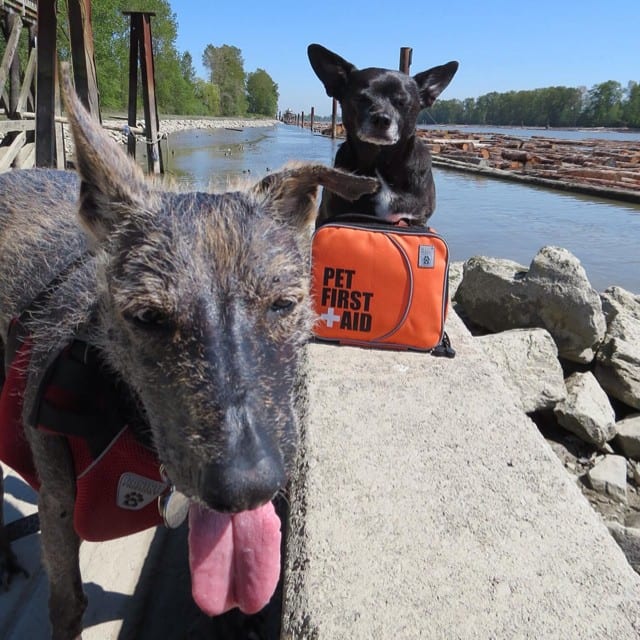

Image via walksnwagspetfirstaid

